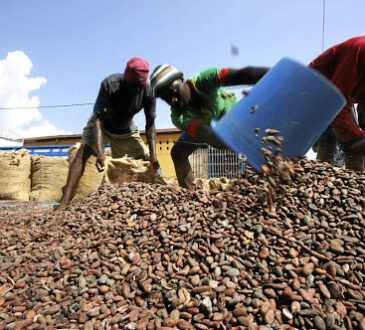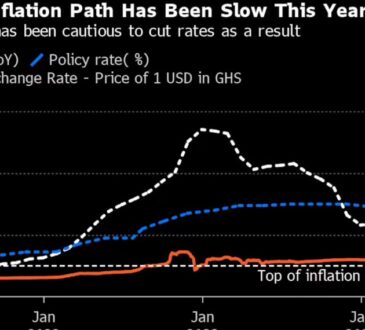
Production for Goldfields Ghana dropped by four percent to 838,000 ounces (koz) in 2022 from 871, 000 (koz) in 2021, mainly driven by decreased production at the Damang Mine due to completion of the Damang pit cutback as well as lower production at Asanko.
The company indicated that all-in costs across the three mines increased by 10 percent to US$1,220/oz in 2022 from US$1,112/oz in 2021. However, the mines produced adjusted free cash flow, excluding Asanko, of US$219million in 2022 compared to US$292million in 2021.
Its interim Chief Executive Officer (CEO), Martin Preece, in a statement also noted that assets in the company’s portfolio are maturing and reaching the end of their lives, highlighting low output by the Damang Mine.
“There are assets in the portfolio which are maturing and reaching the end of their lives. 2022 was the last year of steady-state production at Damang post reinvestment in the pit cutback. In 2023, production from Damang will come from a combination of ore from the Huni pit and stockpiles, with only stockpiles being treated from 2024 onward,” he said.
He however noted that his outfit is concerned with the political and economic environment in the country, particularly in the latter part of 2022 and early part of 2023 as it has become more challenging for businesses in the country to operate
“It is however, engaging with government individually and through industry bodies to reiterate its stance on key matters as the process of claiming certain rebates relating to Development Agreements has become more burdensome,” he said.
While Damang gold production decreased by 10 percent to 230,000oz in 2022 from 254,400oz in 2021 due to lower yield as a result of lower grade of ore processed, Tarkwa gold production increased by 2 percent to 531,600oz in 2022 from 521,700oz in 2021, mainly due to higher tonnes processed and improved yield.
Asanko which is an Equity-accounted Joint Venture also saw gold production decrease by 19 percent to 170,300oz (100 percent basis) in 2022 from 210,200oz (100 percent basis) in 2021, of which 76,700oz (2021: 94,600oz) was attributable to Gold Fields.
The decrease was mainly due to lower yield, which decreased by 17 percent to 0.91g/t in 2022 from 1.10g/t in 2021. The lower yield was a direct result of lower grade ore processed from stockpile in 2022 compared to higher grade fresh ore and stockpiles in 2021.
For Damang, yield decreased by 11 percent to 1.50g/t in 2022 from 1.68g/t in 2021. This was due to the completion of Damang Pit in November 2022, and mining through transition in the lower grades of Huni pit.
In Tarkwa, Yield increased by 1 percent to 1.18g/t in 2022 from 1.17g/t in 2021 due to higher grades processed. Ore rehandled from stockpiles was 1,250kt at a head grade of 1.42/t in 2022 compared to 3,336kt at a head grade of 0.78g/t in 2021.
The Company noted that it will continue to work on the future of both the Damang and their share in Asanko and will provide an update to the market in due course.
It also noted that assets in the company’s portfolio are maturing and reaching the end of their lives, highlighting low output by the Damang Mine.
“There are assets in the portfolio which are maturing and reaching the end of their lives. 2022 was the last year of steady-state production at Damang post reinvestment in the pit cutback. In 2023, production from Damang will come from a combination of ore from the Huni pit and stockpiles, with only stockpiles being treated from 2024 onward,” the company said.
Gold Fields says it has limited organic growth opportunities in its current portfolio, and as such will need to pursue inorganic opportunities to bolster the pipeline. These options will include green field targets, development projects or bolt-on acquisitions of producing assets.







